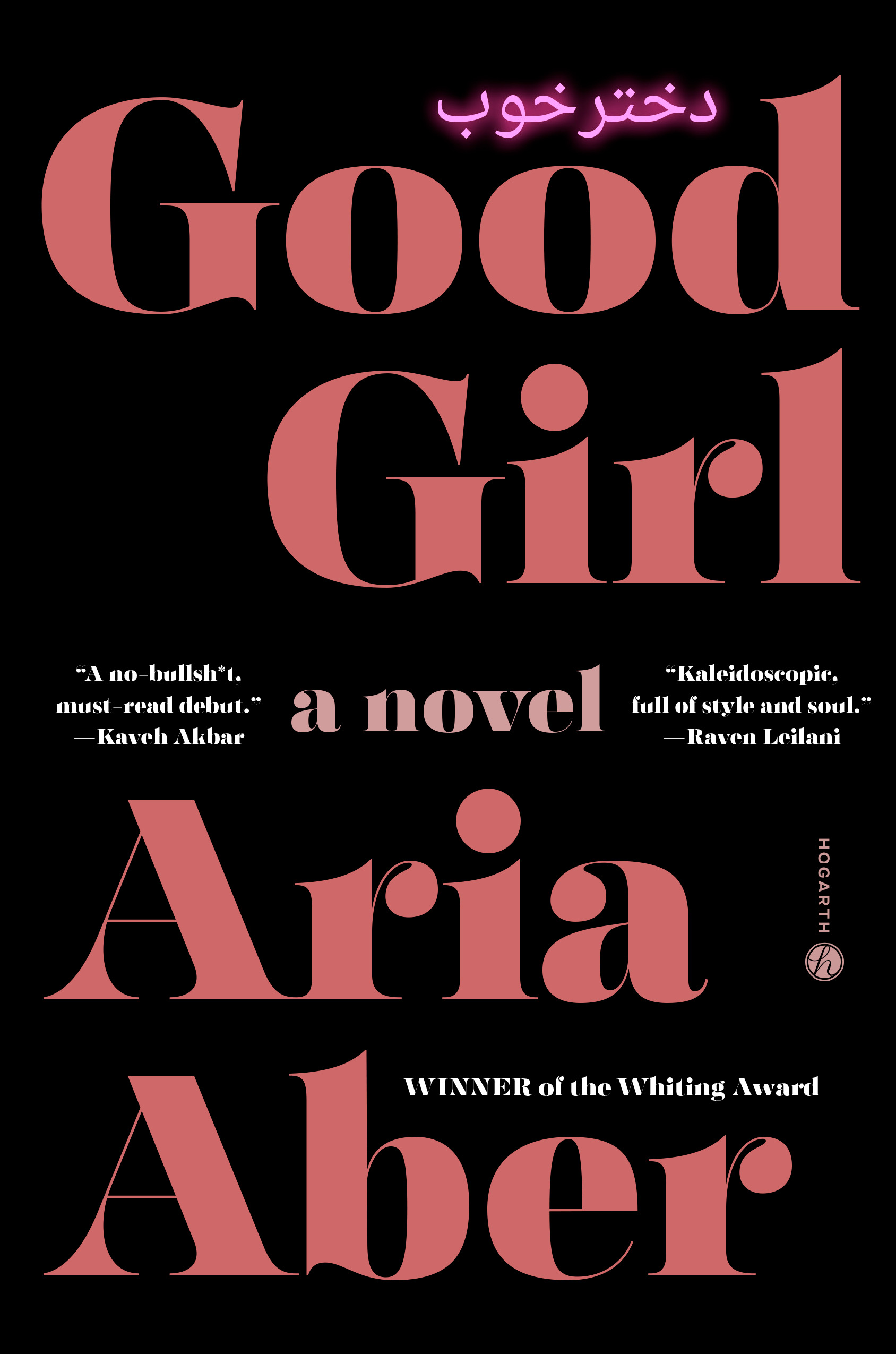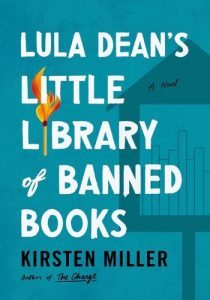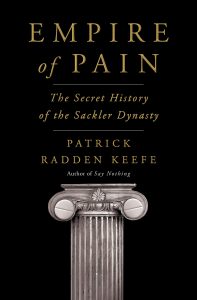
Aria Aber’s debut novel follows Nila Haddadi, a nineteen year old born in Germany to Afghan refugees, as she tries on new selves inside Berlin’s club culture and art scene. Warehouses throb with techno, drugs feel like possibility, and a much older American writer named Marlowe becomes both muse and trap. Around that alluring surface, Aber threads a tougher story about migration, class freefall, and the ache of wanting to be “a good girl” while chasing a self that feels true.
What the book is about
Nila grows up in public housing graffitied with swastikas after her family’s fall from professional status in Kabul to precarious work in Germany. Post 9–11 suspicion shadows daily life. In that pressure, Nila reinvents herself with half truths about her origin, photographs the world to make it legible, and dives into a relationship with Marlowe that flatters her talent while testing her boundaries. The year that follows is raves and philosophy, lust and loneliness, family obligations and the thrum of Germany’s unquiet history.
What works
- A vivid Berlin: The city is rendered with sensory precision – from concrete estates in Gropiusstadt to the velvet rooms of legendary clubs. Place feels like a second narrator.
- Identity under pressure: Aber captures the survival logic of code switching, the shame and tenderness inside diaspora families, and the way racism gets under the skin.
- Poet’s eye: Sentences often snap with image and rhythm. Scenes of grief and spiritual longing give the novel a resonant interior life.
What may divide readers
- Toxic romance as engine: The dynamic with Marlowe is intentionally skewed – age gap, power asymmetry, manipulation. Some readers will find it compelling because it is honest about how harm can masquerade as mentorship. Others may tire of its repetitions.
- Style over structure: Aber’s lyric instincts sometimes favor mood collages over firm chronology. If you want plot mechanics that click cleanly, the novel can feel diffuse.
- Nightlife cycles: Party sequences accumulate like beats in a DJ set. They build atmosphere, yet a few runs may read long if you prefer sharper pivots.
Themes to watch
- Belonging and the performance of beauty: Who gets to be seen as desirable or serious. How a young woman measures herself against men’s attention and other women’s reflection.
- Art as escape and mirror: Photography lets Nila frame what she cannot control – but the camera also exposes what she would rather crop out.
- Faith and guilt: Prayers, shame, and the wish to be good coexist with appetites that will not be domesticated.
Read if you like
- Electric coming of age in European capitals
- Diaspora narratives that face class and race without flinching
- Contemporary novels where a fraught relationship tests an artist’s origin story
- Books adjacent to Luster or My Year of Rest and Relaxation, but with a distinctly migrant gaze
Verdict
Good Girl is a bracing debut about the friction between who we are for others and who we might become for ourselves. It can be messy by design – like a long night that ends on a cold morning – yet the honesty of Nila’s voice and the clarity of Aber’s gaze make it worth the hangover.
Want to read it: Buy Good Girl on Amazon


